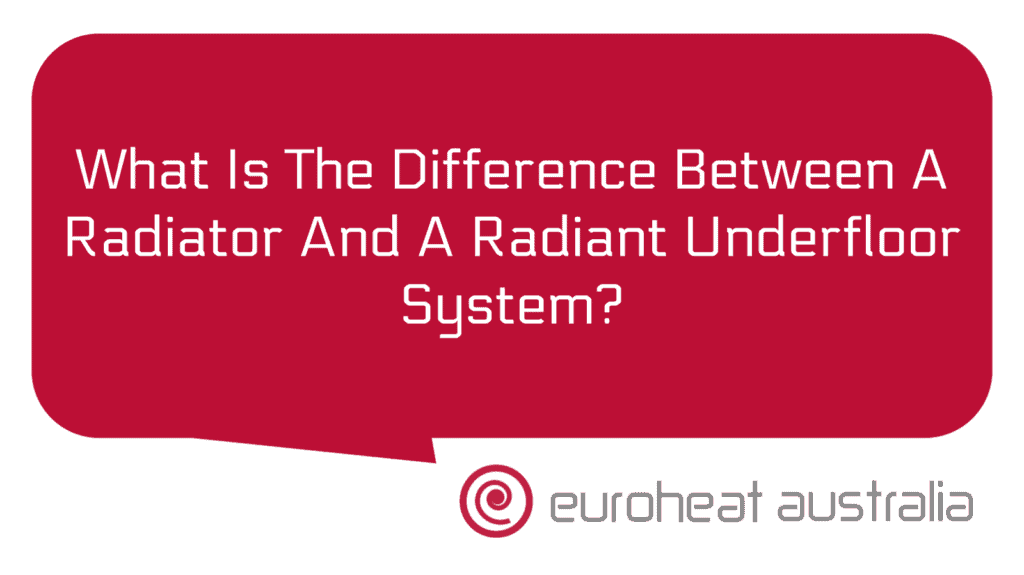When it comes to heating and cooling your home, there can be a lot of confusion when trying to decide which type of system is right for you. Many people are unsure of the difference between a radiator and a radiant underfloor system, and which one would be best for their needs. This article will help you understand the differences between the two systems, as well as the benefits of installing radiator heating.
A radiator is a device that heats air or liquid by transferring heat energy from one source to another. Radiators are usually made from metal and have a series of metal fins that allow them to heat up quickly and efficiently. The most common type of radiator is the convector radiator, which uses hot water or steam to generate heat. These radiators are usually installed in rooms with high ceilings, as they can provide good air circulation throughout the room without taking up too much space.
Radiant underfloor heating systems work differently than radiators, in that they use pipes filled with hot water underneath your floors to heat your room. This allows you to evenly distribute heat throughout your home without having bulky radiators taking up floor space. Radiant underfloor systems also require less energy than traditional radiators, as they don’t need to constantly run in order to keep your home warm. This makes them an ideal choice for people looking for an energy-efficient way to heat their home.
When deciding between radiators and radiant underfloor heating systems, it’s important to consider the benefits of each system in relation to your specific needs and budget. Radiator heating has several advantages over radiant underfloor systems, including lower installation costs and less maintenance requirements. Additionally, if you already have a radiator system in place, it’s relatively easy and cost-effective to upgrade it with new technology such as programmable thermostats or more efficient radiators that can help reduce your energy bills even further.
On average, installing a new radiator system will cost around $1,000 – $2,000 depending on the size of your home – but this cost can be offset by savings on electricity bills due to increased efficiency levels over time; some estimates suggest that homeowners could save up to 25% on their electricity bills if they switch from an old-style boiler system to a modern one powered by radiators alone!
If you’re looking for professional advice when it comes to selecting and installing either type of heating system in Perth, then Euroheat Australia should be your first port of call! Their experienced engineers & installers design & construct hydronic heating & cooling systems with 30 years’ worth of experience – so you know you’re getting quality workmanship at competitive prices when enlisting their services!





